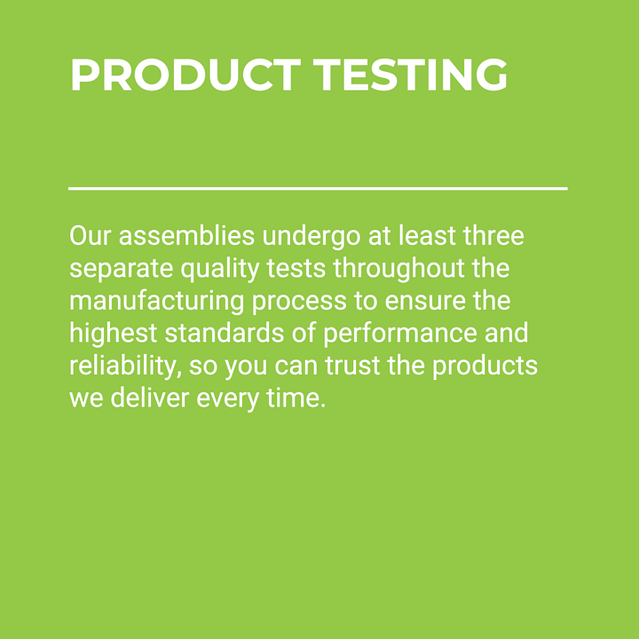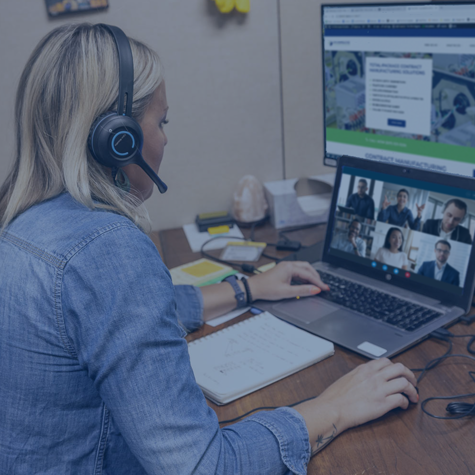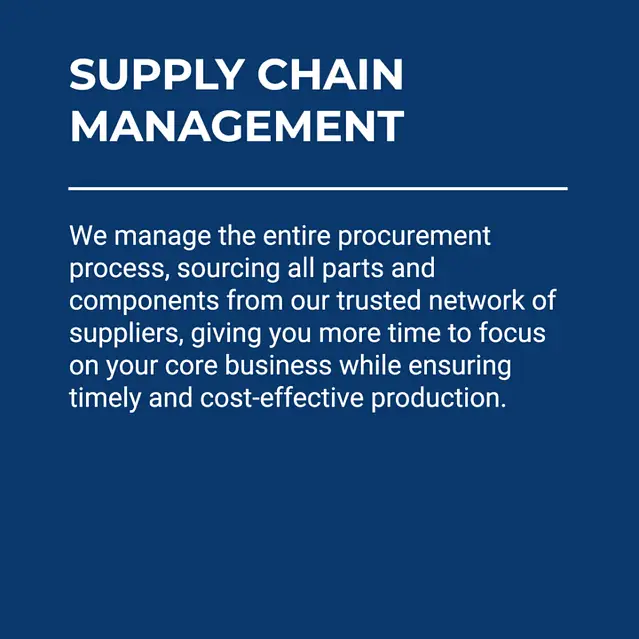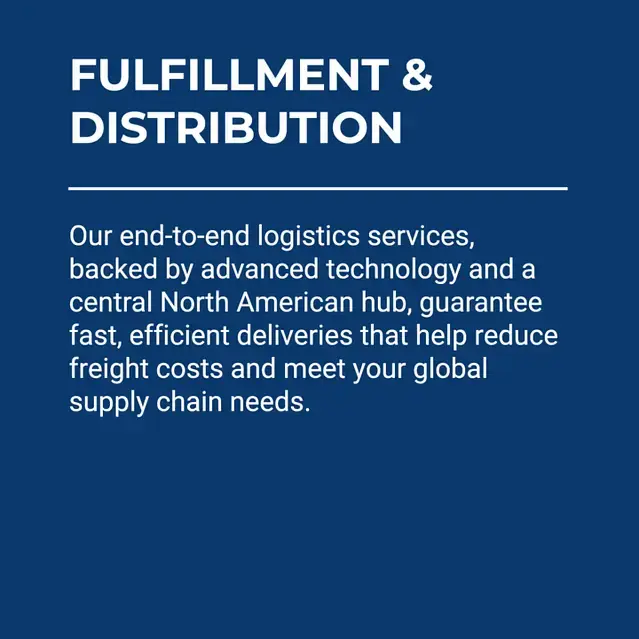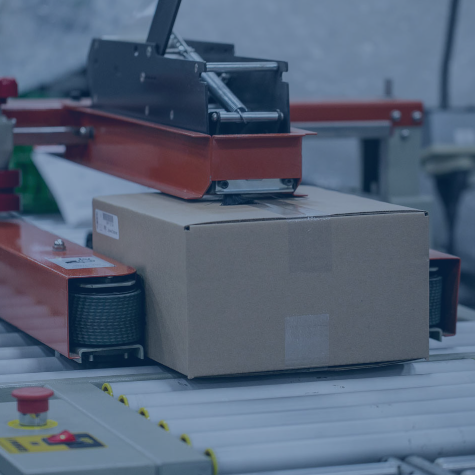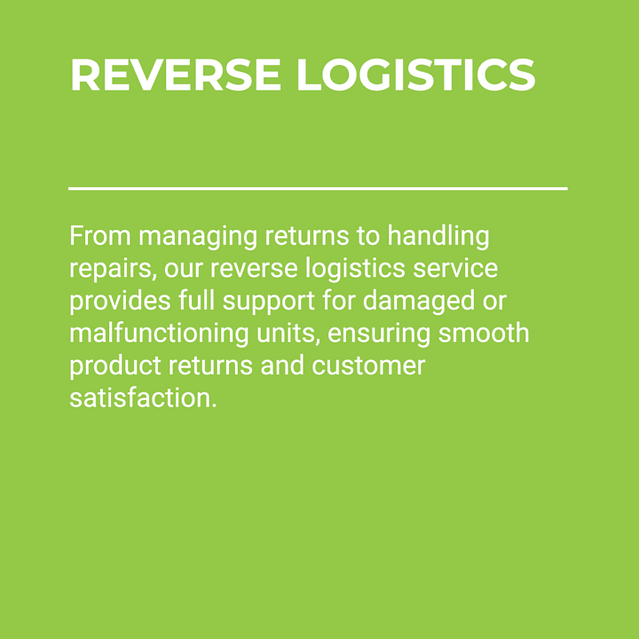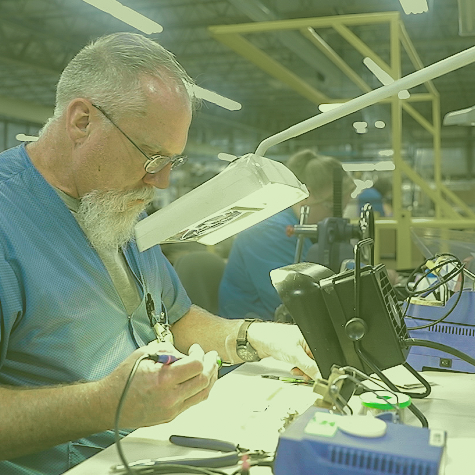Your reverse logistics team will need to process all returned material. So more returns mean more returned material. If done well, reverse logistics can provide multiple benefits for both manufacturers and retailers.
For example, depending on the condition of the returned product, it can have much residual value. Returned clothing that was never worn can be inspected and restocked with minimal processing. Mechanical and electronic products may be returned because they don’t function. However, they often contain parts still in working condition. These parts can be reclaimed for repairing or refurbishing other items.
Of course, supporting a robust reverse logistics program isn’t for everyone. Which is why many contract manufacturers, like RiverSide Integrated Solutions (RIS) offer full-service solutions. With RIS, you can outsource the reverse logistics process and save the cost of structuring and manning the process yourself.
Questions to Ask Yourself:
For those companies that decide to undertake the program themselves, there are many things to consider. We’ve compiled here some of the important questions you’ll want to ask as you design your program.
There can be many benefits to a reverse logistics program. However, whether or not your company can enjoy them depends on how well you structure your program.
Here are some questions that should help your company evaluate that:
1. Do you have a plan for cross-channel returns?
In other words, when someone buys one of your products online and then returns it to a physical store. You will need to have the workflows in place to disposition and transport that merchandise to the most suitable location. If this isn’t done in an cost-effective way, it can end up costing your company in the long run.
2. How smooth and consumer-friendly is your RMA process?
Return merchandise authorization (RMAs) can be an excellent tool for efficiently processing returned products. They provide information about the condition of the item and the reason for the return. This gives your supply chain a head start in determining the best way to inspect, restock or refurbish the merchandise.
Providing a smooth return experience for the customer is also an effective way to win repeat business.
3. Do you provide clear grading criteria and training to your supply chain personnel involved in reverse logistics?
To maximize value in your reverse logistics process, you need to minimize the time spent on each item. That includes the time spent deciding what condition that returned merchandise is in. Your reverse logistics program will need unambiguous grading standards in place for this process. You will also need to provide adequate training to your staff on them.
Both of these things, when done well, reduce the time merchandise spends in this process.
4. Are you properly staffed and equipped to efficiently handle refurbishment?
Refurbishing products rather than throwing them away can have many benefits. The discounted product can really entice customers to your online or physical store. And refurbishing has both cost-saving and sustainability benefits. But it doesn’t come without effort.
You’ll need to ensure that you have the necessary skilled technicians and inspectors to refurbish products quickly. You will also need to make sure you have a process in place for worst case scenarios. What happens when the refurbished product needs rework? You’ll want your team to know what to do in even the least likely situations.
5. Do you track all returned items, at each stage of the process, and at every location?
Searching for lost merchandise throughout a supply chain is costly and time-consuming. Those costs can bite deeply into any residual value left in the item. There shouldn’t be any “black holes” in your inventory.
Decide if an Internal Reverse Logistics Process Is for You:
If your business decides to handle their reverse logistics program internally, you’ll need to have answers to these questions and more. Businesses need to ascertain just how well they handle returned products—and shine a light on ways to improve.
The good news is, if at any point during this process, you find that your business simply cannot handle the program internally or that the program is not financially viable, full-service contract manufacturers like RIS, are here to take on the process for you!
About RiverSide Integrated Solutions:
RIS is an advanced contract manufacturer providing robust solutions in circuit board assembly and product assembly. We employ more than 350 people and provide services to OEMs worldwide. We operate two state-of-the-art manufacturing facilities within the US.
With all of the choices in contract manufacturers out there, we know it can be challenging to find someone who understands your business model and has your best intentions in mind. RIS has always proven to be a win-win-focused relationship.
As your one-stop shop, we have the capabilities, capacity, quality assurance standards and resources to support all of your manufacturing needs. We understand that supply chain management is complex and very time-consuming, so we urge our customers to utilize us in the fullest capacity.
Our total-package solutions include:
- Dedicated Program Team
- Extensive supply-chain network for efficient parts procurement and kitting
- Subassembly and full box-build
- Warehousing and drop-shipping capabilities
- Reverse logistics
- Flexible order fulfillment
- Scalability to meet your needs
Contact us today at (507) 523-3220 to see how we can help with your manufacturing project, or click contact us for a quote.






